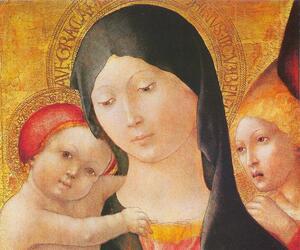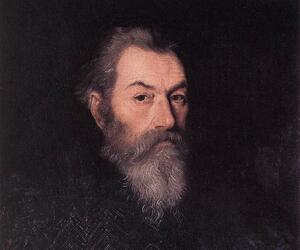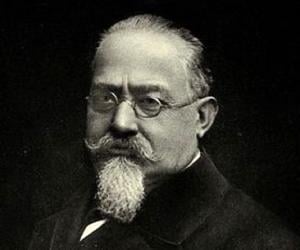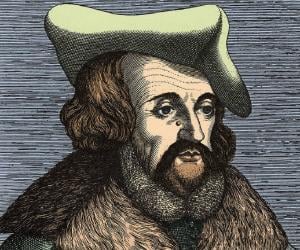Cesare Lombroso was an Italian criminologist, phrenologist, and physician. He founded the Italian School of Positivist Criminology at the end of the 19th century. Initially an army surgeon, he later became a professor of forensic medicine and hygiene. His works drew from the concepts of physiognomy, degeneration theory, and psychiatry. Later in life, be became interested in spirituality.
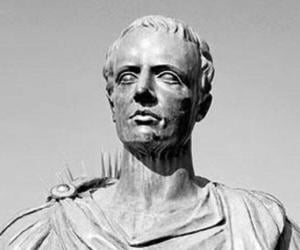
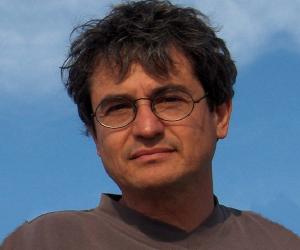
Carlo Rovelli is an Italian theoretical physicist and writer. He is active mainly in the field of quantum gravity and is a founder of loop quantum gravity theory. He also has experience working in the history and philosophy of science. His popular science book, Seven Brief Lessons on Physics, has sold over a million copies worldwide.

Paolo Veronese was an Italian painter best remembered for his extremely large history paintings of mythology and religion, such as The Feast in the House of Levi and The Wedding at Cana. The leading Venetian painter of ceilings during his time, Paolo Veronese has always been appreciated for the splendor of his brushwork and the chromatic brilliance of his palette.
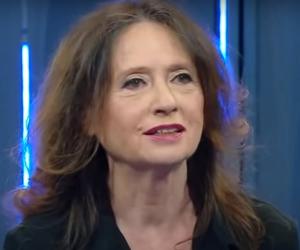
Gigliola Cinquetti is an Italian actress, singer, songwriter, and television presenter. After winning the Sanremo Music Festival at the age of 16, Cinquetti went on to represent her country in the Eurovision Song Contest 1964. She became the youngest winner when she gave Italy its first victory in the event. Cinquetti returned to the contest in 1974 and finished second.

Girolamo Fracastoro was an Italian poet, physician, and scholar in astronomy, geography and mathematics. He is credited with authoring a theory, which is regarded as a precursor to germ theory; his theory was influential for almost three centuries. He is also credited with inventing terms, such as syphilis.
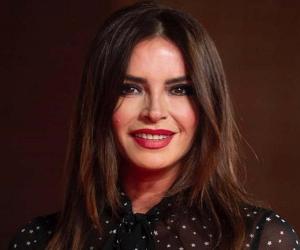
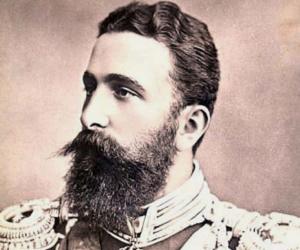
Alexander Joseph or Alexander of Battenberg was a prince of Bulgaria from 29 April 1879 to 7 September 1886. He was forced to abdicate in 1886 by pro-Russian Bulgarian Army officers during a coup d'état. After abdicating, Alexander went on to serve in the Austrian Army as a general.

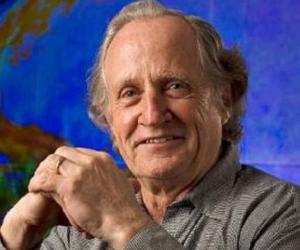
Mario Capecchi is a molecular geneticist who received the 2007 Nobel Prize in Physiology or Medicine along with Oliver Smithies and Martin Evans. They received the prize for discovering a method to create a knockout mouse, a genetically modified mouse in which a certain gene is turned off for experimental purposes. In 2001, Capecchi received the National Medal of Science.
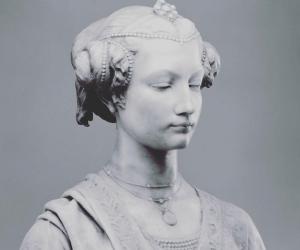
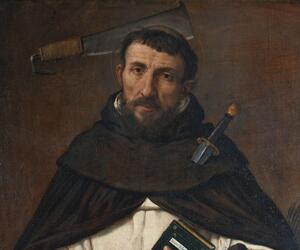

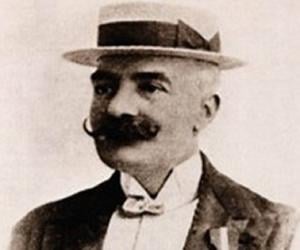
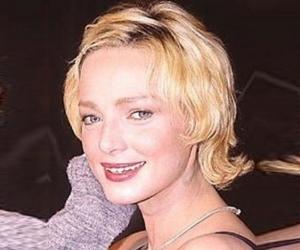
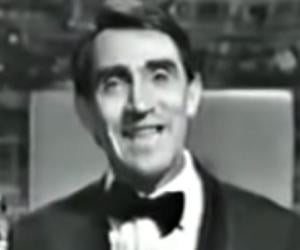

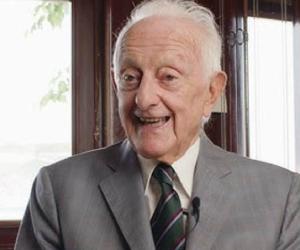
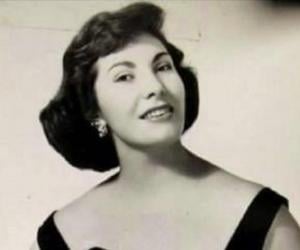
Italian soprano who soared to fame in the 1950s and 1960s with her performances at Milan’s iconic La Scala. She was 12 when she began her concert performances and later soared to fame with her appearances at venues such as Paris Opera and Covent Garden. She retired at 36 to focus on her family.
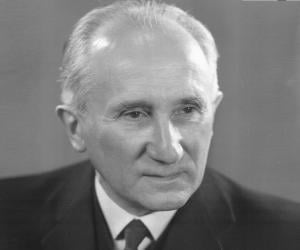
Though he initially studied both chemistry and economics, Romano Guardini later became a priest. He later also served the University of Berlin as its chair of philosophy in religion but was forced to resign by the Nazis. He later also taught at the University of Munich.
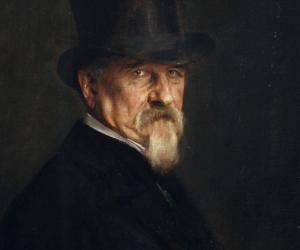
Born to Swiss parents in Italy, Giovanni Morelli later studied medicine in Switzerland and Germany, but never practiced. A connoisseur of arts, he established himself as an art historian and collector. He also dabbled in politics and passed an act forbidding the sale of artwork from public or religious institutions.

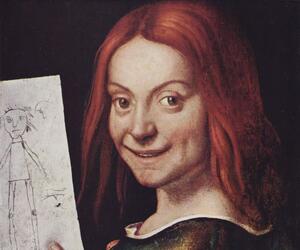
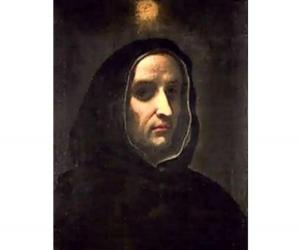
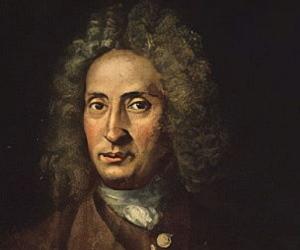
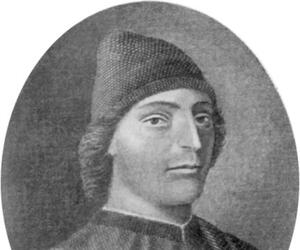
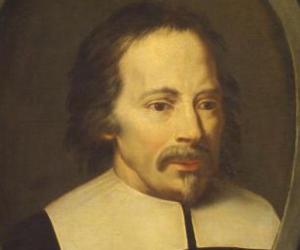
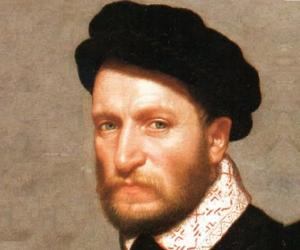
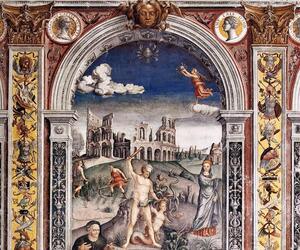
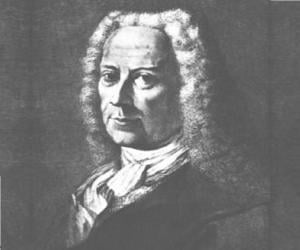
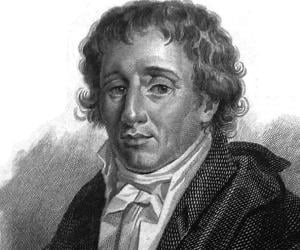
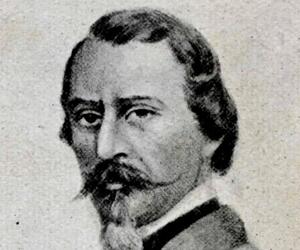

Matteo de' Pasti was an Italian medalist and sculptor. He is credited with designing the Tempio Malatestiano in Rimini, which he constructed with the help of Leone Battista Alberti. An important and popular sculptor of his generation, De' Pasti worked on several royal commissions. He also worked for prominent personalities like Sigismondo Pandolfo Malatesta and Lionello d'Este.
